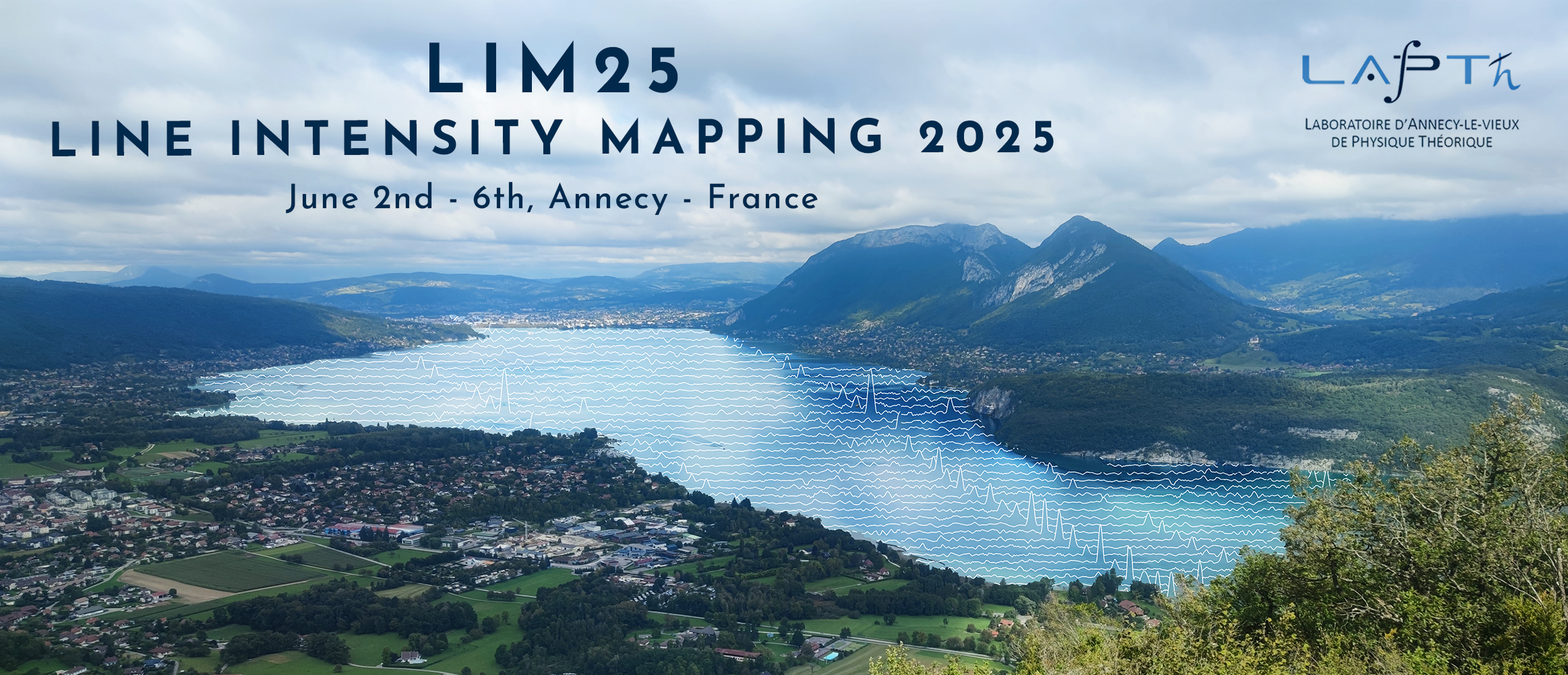Orateur
Description
Forthcoming measurements of the LIM power spectrum (PS) are expected to set valuable constraints on several astrophysical and cosmological quantities. We present two forecasts for the FYST Deep Spectroscopic Survey (DSS) at z≃3.6 and also make predictions for future wider and/or more sensitive surveys.
The first study targets the [CII] luminosity function (LF), which is still highly uncertain due to the limitations of current observations. Our Bayesian analysis shows that the DSS should be able to constrain the clustering and shot-noise components of the PS – which provide information on the moments of the LF – with a signal-to-noise ratio of ~3 or higher, depending on the actual underlying LF. By jointly fitting the PS and the LF (from ALPINE data) we directly constrain Schechter-function parameters. We find that the normalisation and the break are precisely and accurately measured while the faint-end slope remains highly uncertain (unless α approaches -2). Notably, increasing the survey sensitivity by a factor of √10 at fixed sky coverage yields greater improvement than covering a 10x larger area at fixed sensitivity.
The second study extends our approach to probing the nature of dark matter (DM). We consider cold and warm thermal relics and set constraints on their mass. Our results show that, in a CDM universe, warm candidates with masses below 1–3 keV can be ruled out, depending on the survey area and the underlying [CII] LF.

